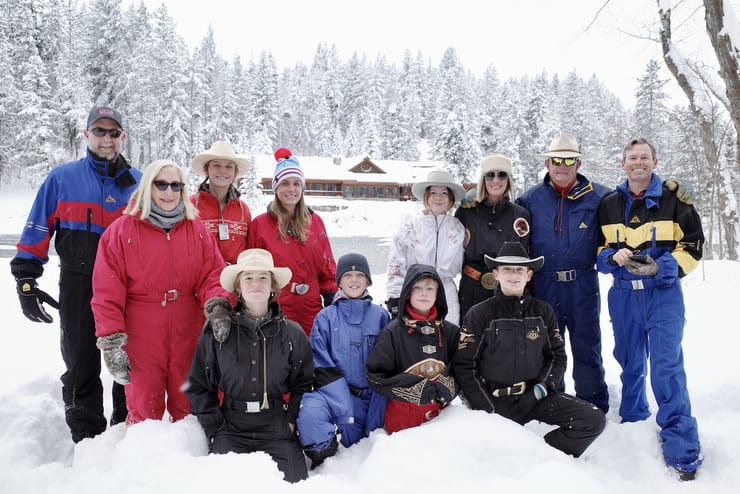Restoring Biodiversity - 1/4/2021

Here is what we’ve been reading and writing about over the past two weeks....
Articles
As described above, the paralysis in resolving the wild horse problem continues.
Videos
The Keyline explanation is followed by a discussion of water harvesting and the role of drones.
The recognition of the useful role of large grazers in desert ecology grows daily.
